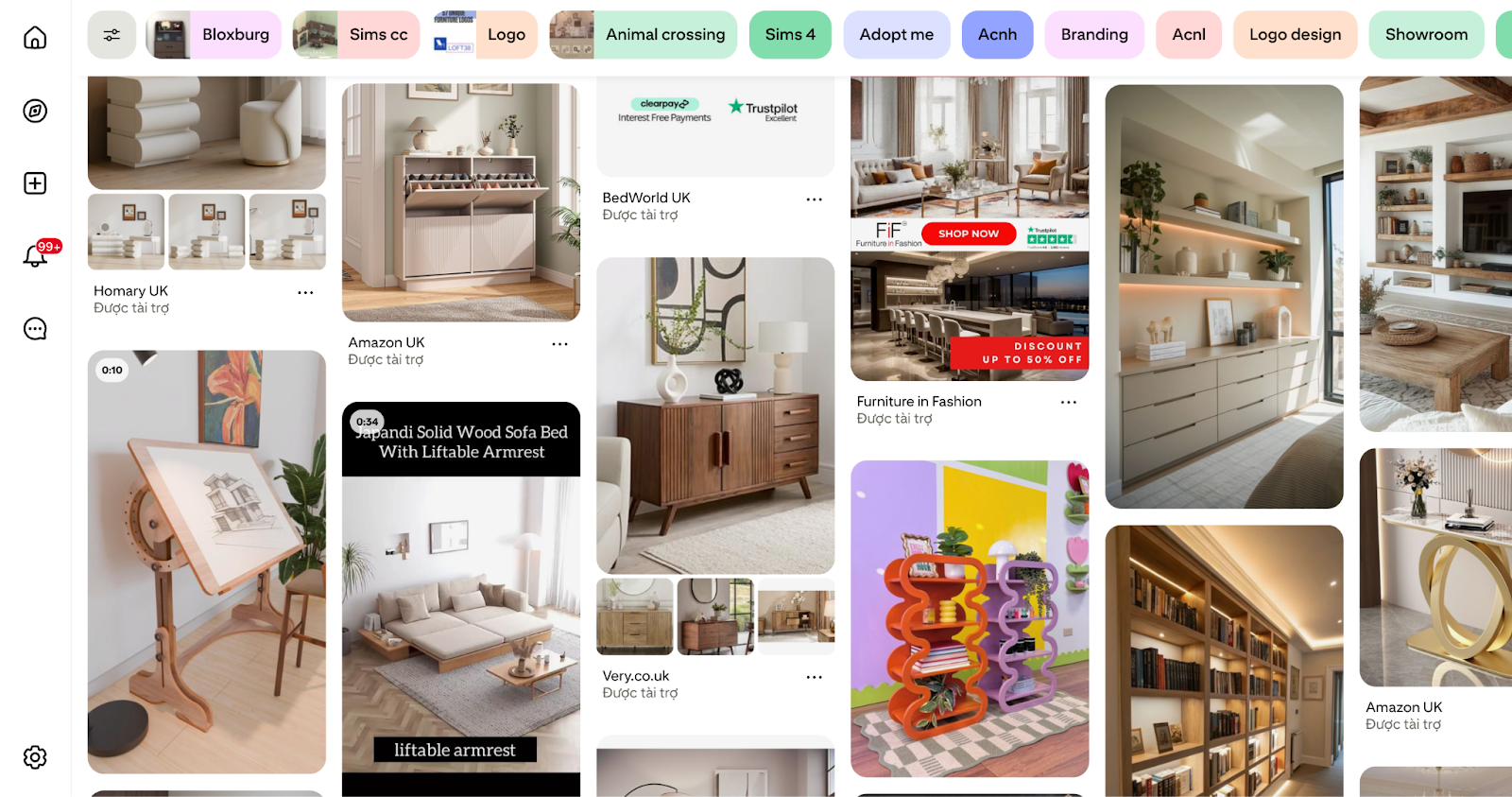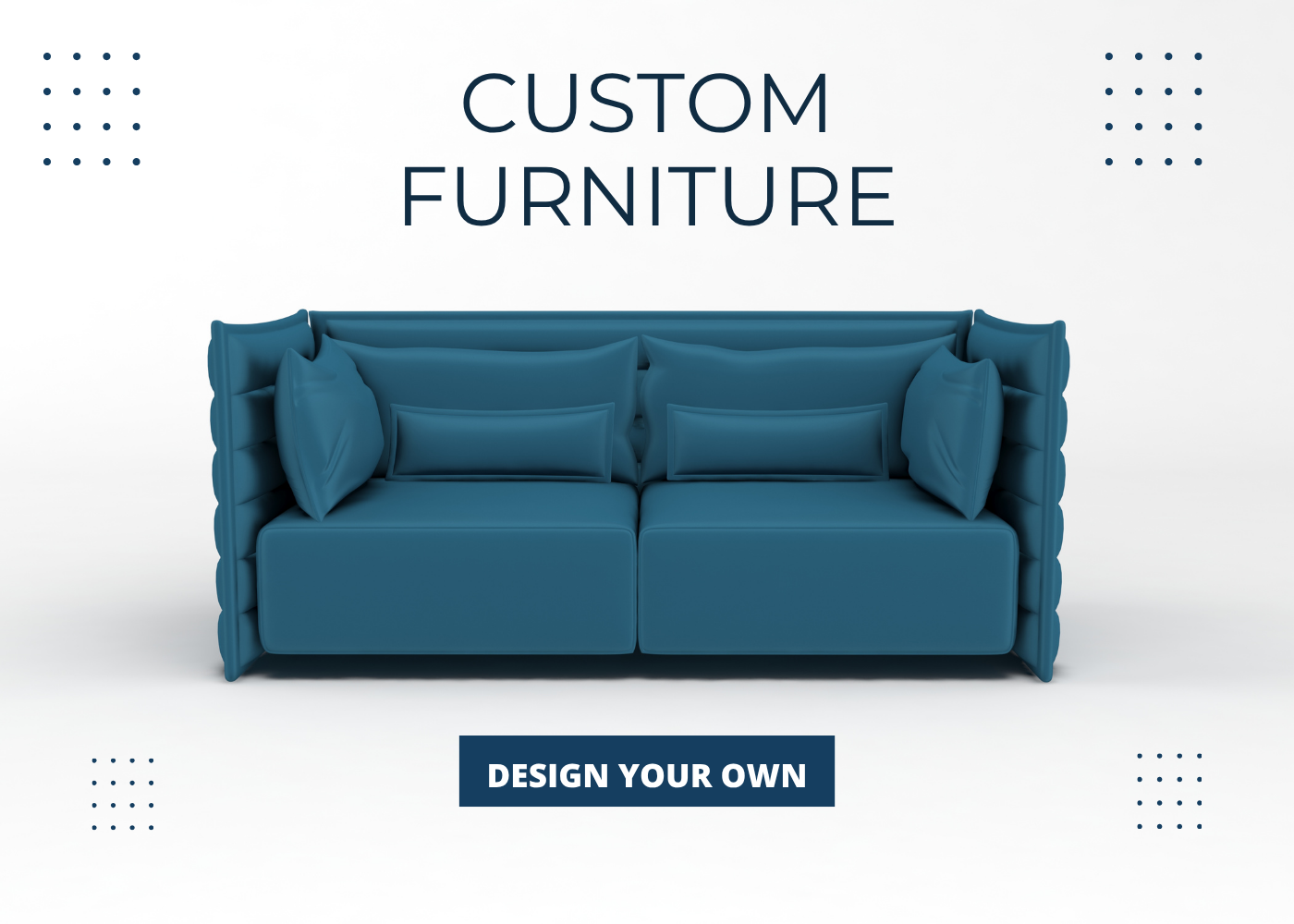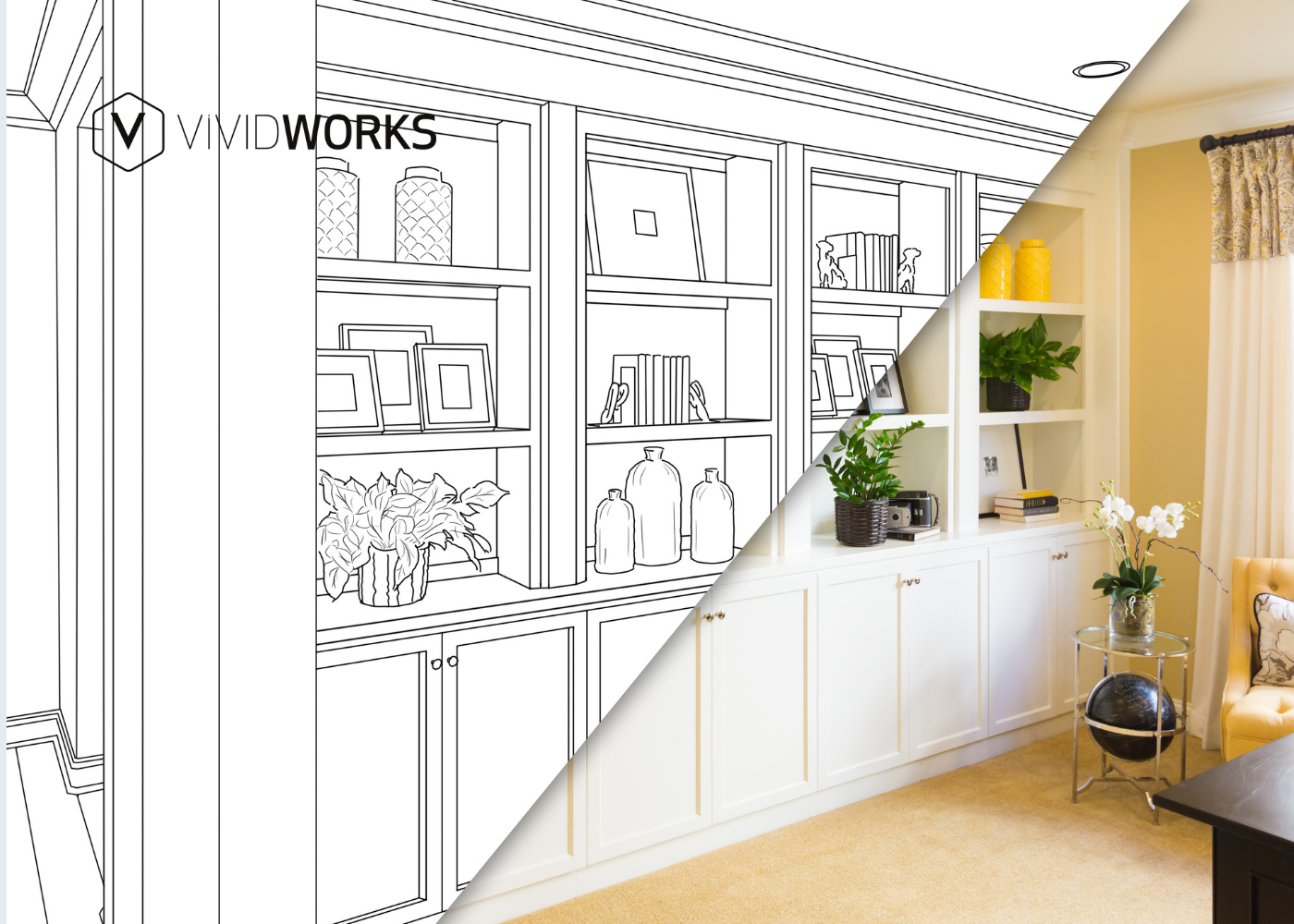The global custom-made furniture market is booming, projected to be USD 98.27 billion by 2033. This massive growth is driven by a desire for personalization, with studies showing 71% of modern consumers are willing to pay a premium for personalized items.
Yet for many brands, the challenge remains: how to stand out in such a competitive eCommerce market while balancing budgets, technologies, and production efficiency.
This guide will cover everything you need to know about how to sell custom furniture online, from defining your niche to leveraging advanced tools like configurators. We also shared practical checklists to help you build, market, and scale your store successfully.
How To Sell Custom Furniture Online (+ Expert Tips)
Step 1: Find your niche and define your brand
The first step in learning how to sell custom furniture online is to identify who you’re designing for. You can answer the common question, “Are your ideal customers seeking eco-friendly craftsmanship, modern minimalism, or luxury bespoke furniture?” These are all hot furniture topics that many online furniture retailers have been looking for recently. Despite that, it’s recommended to look at data-driven insights to have the best updates.

Once you clarify your target audience, you need to establish a clear brand identity for long-term growth. This covers a unique visual style (color palette and photography style) and a unique selling proposition, like “innovative modular storage shelves for kitchens”. Don’t forget to analyze your competitors to see what types of customization and finishes they offer, and then launch a solution that fills the gap between what competitors offer and what buyers need.
Pro Tip: You can ultilize Pinterest Trends, Houzz, and Google Trends to discover current eCommerce trends in the furniture market. In fact, data-driven insights and decisions are better for refining your niche and ensuring your brand connects with the right customers.
Step 2: Build a stunning furniture online store
Here, we need to decide where to sell custom furniture. Owning your eCommerce store often allows you better control than third-party marketplaces like Amazon and eBay. However, the final choice depends on your goals, target audience, and long-term vision.
Shopify, WooCommerce, and Magento are the most widely used eCommerce platforms for both beginners and professionals who want to build a new online store from scratch.

Whatever platform you choose, let’s ensure your website offers a mobile-friendly design, fast loading speed, and intuitive navigation. Consistency of color, typography, and style can also provide potential visitors with a memorable feeling. Don’t forget to create clear categories, such as “Custom Sofas” or “Modular Shelves,” to make browsing effortless.
Pro Tip: While online furniture brands choose Shopify for ease, WooCommerce works well with WordPress for blogs, and Magento offers you flexibility for established brands. You can also consider Amazon or eBay to tap into their massive existing customer base.
Step 3: Showcase Products with Visual Impact
Visuals can make or break your success in selling complex designs like furniture pieces. That’s also why we included this step in the guide on how to sell custom furniture online.
So, firstly, let’s start with the fundamentals that every online furniture store should have:
- High-quality product images
- Short videos
- Lifestyle photography
But today’s furniture customers expect more than traditional shopping journeys: They want interaction, customization, and control. That’s when 3D eCommerce trends work.
Pro Tip:
- Let customers design custom furniture online and visualize it from all angles with a 3D furniture configurator. They can choose from a wide range of colors, fabrics, materials, and more, making each purchase feel more personal and engaging.
- Offer AR for furniture so that customers can visualize their favorite product designs in their actual space, like their home, office, or store. From that, everyone can have a deeper understanding of how a sofa or shelf fits perfectly into reality.
- Integrate a 3D room planner that allows users to plan entire rooms with accurate dimensions, arrange multiple pieces, and experiment with furniture items within them. All of these can be performed within a unified interface or digital platform.
These interactive visualization tools enhance the customer journey, significantly transform conversion rates, reduce product returns, and help brands stay competitive.
VividWorks: Shopify 3D configurator
However, it's essential to work with experienced 3D solution providers who understand the furniture industry. VividWorks is a reliable name that offers tools for 3D customization, AR, rule-based configuration, and advanced functions. VividWorks’ tools can integrate with eCommerce platforms, CRMs, and ERPs, ensuring a seamless, error-free workflow.
Step 4: Simplify the sales process and check out process for custom furniture
Unlike ready-made products, custom furniture often involves multiple steps, including design customization, quoting, and order confirmation. Therefore, your sales and checkout experience should be seamless and intuitive to keep customers engaged.
Pro Tip:
Use a 3D configuration to streamline the product design and sales
3D configuration technology for bespoke furniture empowers buyers to build, customize, and visualize their designs in 360 degrees. They can easily modify dimensions, materials, finishes, colors, and add-ons, and instantly see every change reflected in real-time. This can reduce hesitation, enhance confidence, and shorten the decision-making process.
Use CQP for faster sales and smooth checkout
CPQ (Configure, Price, Quote) software can help automate the calculation of prices, generate accurate quotes, and facilitate a seamless transition from design to checkout. Customers enjoy a transparent online shopping experience, while your sales teams benefit from reduced manual tasks and faster order processing.
Many businesses combine both 3D configuration and CPQ to create a unified digital sales flow, from design visualization to instant pricing and quoting. As a result, they can minimize errors, accelerate production, and deliver a personalized customer experience.
Step 5: Manage Production, Packaging & Shipping
The next step in our guide on how to sell custom-made furniture online is to manage made-to-order manufacturing effectively. Streamlining this process is critical to success.
Here’s how:
- Connect design tools/configurators with ERPs & CRMs to automate BOM creation.
- Standardize packaging to protect dedicated materials while minimizing waste.
- Choose reliable shipping providers with real-time tracking & white-glove delivery.
Pro Tip: You should focus on automation whenever possible to save time and effort, reduce manual errors, and ensure consistent customer experiences in your online store.
Step 6: Market your store and optimize performance
Once your furniture store is live, it’s time to attract buyers. That’s the role of furniture marketing strategies; it’s better to combine creative storytelling and targeted campaigns.
- Social media marketing on Instagram, TikTok, and Pinterest with lifestyle content.
- SEO and content marketing about interior design trends and customization ideas.
- Email campaigns to share discounts and remind customers to finish their orders.
- Paid ads to target high-intent keywords to engage customers and lead traffic.

Pro Tip: You should integrate analytics and third-party apps on your online furniture store to track performance. Also, review data regularly to refine ads and improve website UX.
A Full Checklist Of Selling Custom-Made Furniture Online
Before you launch or scale your business, ensure you’ve covered these essentials:
- Defined your niche, brand story, and audience
- Selected the right eCommerce platform (Shopify, WooCommerce, or Magento)
- Built a mobile-responsive, visually appealing store
- Uploaded professional product images and videos
- Utilized 3D customization tools for furniture, AR solutions, and 3D room planners
- Enabled dynamic pricing and quoting via a Visual CPQ system
- Enabled a smooth, error-free workflow with ERP/CRM integrations.
- Developed a consistent furniture marketing strategy and optimized it if needed
- Set up customer support channels and FAQs
Hopefully, our guide on how to sell custom furniture online today can provide you with the best preparation, including market selection, budget, relevant providers, and strategies. Contact us today to see how 3D configurators and other innovative tools like Visual CPQ, AR apps, and 3D room planners transform the sales value of your online furniture store.
FAQs
- Where can I sell custom furniture online?
You can sell custom furniture online by building a store on dedicated eCommerce platforms like Shopify, WooCommerce, or Magento, or through marketplaces such as Etsy, Houzz, and Amazon Handmade. Depending on your goal, let’s choose the best fit.
- How does a 3D furniture configurator help?
A 3D configurator for furniture allows customers to design and price their dream product independently, without needing to contact your sales team. The user can try out all possible variants and combinations and visualize the finalized designs from all angles to have a deeper understanding.
- What’s the best furniture market way for custom orders?
You can leverage social media, SEO, influencer collaborations, and paid campaigns. Remember to combine visual storytelling with customer testimonials to highlight quality and craftsmanship, as both are effective marketing tactics for promoting your items.
- Can I use AR or 3D when selling custom-made furniture?
Absolutely yes. Integrating AR and 3D technology into your furniture-selling website is a key strategy to encourage customers to interact more closely with your furniture pieces. Customers can then clarify the customization options you offer and what the furniture will display in real life—they’re essential to engaging them and driving their deal closure.
Table of Content
-3.avif)
Streamline your process today!






